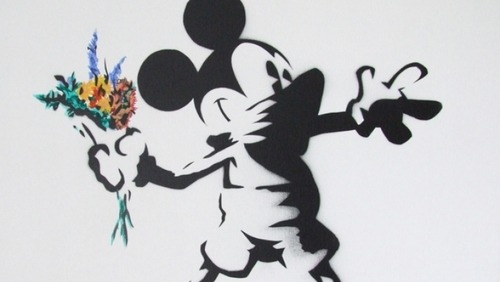Andy Warhol predicted, “Someday, all department stores will become museums, and all museums will become department stores.” If that’s the case, then there’s a new museum in Hollywood that needs to be added to the list of L.A.’s tourist attractions. Funko, a company...





